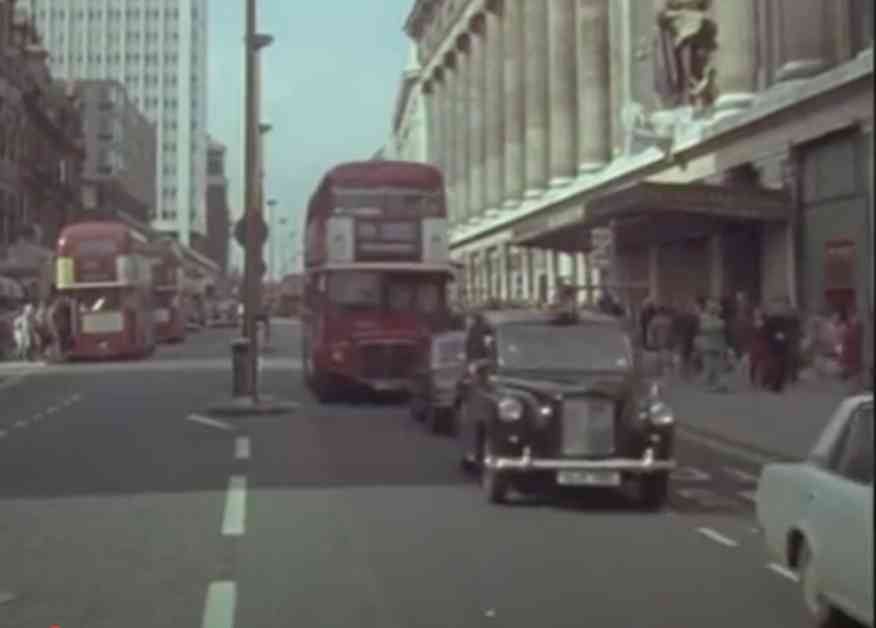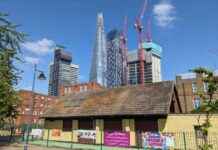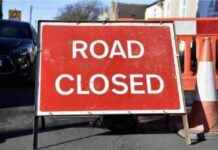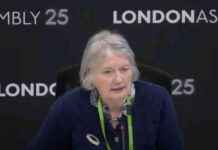For like a century, Oxford Street has been all tangled up in the mess caused by cars. From the good old days of the 1920s to the modern times, it’s been a rollercoaster of trying to figure out what to do with all the traffic chaos. Everyone from councils to mayors has been trying to keep this street as the top dog of high streets in the nation. But let’s be real, it’s been a bumpy ride.
Back in the 1920s, cars were the new cool kids on the block, and Oxford Street welcomed them with open arms. Multi-storey car parks started popping up in Soho, and shops like Selfridges even had reserved spots at nearby garages. But as the years went by, parking became a nightmare. St. Marylebone Borough Council had to beg Selfridges to build its own car park to stop customers’ cars from taking over the residential streets.
Then came the 1930s, and traffic lights made their big debut on Oxford Street. The system was pretty basic – when cars were zooming down Oxford Street, all the cross streets had to stop and vice versa. But pedestrians weren’t exactly following the rules, with reports saying they were a bit lazy about crossing at the right spots.
The 1940s brought a whole new problem – enemy planes dropping bombs during World War II. Oxford Street got hit hard, with department stores like John Lewis and Selfridges taking a beating. But the spirit of the street prevailed, with shops quickly getting back on their feet and reopening for business.
Fast forward to the swinging 60s, and the debate about the future of Oxford Street was in full swing. Plans for an elevated road and a pedestrian deck were tossed around, but not everyone was on board. The 70s saw a surge in pedestrian traffic, leading to accidents and chaos on the street. The Greater London Council stepped in, banning cars during certain hours and widening the pavements.
By the 90s, calls for pedestrianising Oxford Street were getting louder. But opposition from businesses, taxi drivers, and local councils kept the idea on the backburner. The early 2000s saw more proposals and plans, with everyone from mayoral candidates to architects pitching their ideas for the future of the iconic street.
As we entered the 2020s, Labour took control of Westminster City Council and took on the challenge of revamping Oxford Street. A plan was put in place to improve the street’s public realm, with a focus on greening, lighting, and seating. The council worked with retailers and landowners to repurpose empty spaces, bringing in new stores and revitalising the area.
But just when things seemed to be moving in the right direction, Mayor Khan dropped a bombshell – he wanted to pedestrianise Oxford Street. Plans were put on hold, with uncertainty looming over the future of the street. As the debate rages on, only time will tell what lies ahead for the iconic shopping destination.
So, that’s the story of Oxford Street – a street that’s seen it all, from bombs to traffic jams. The future may be uncertain, but one thing’s for sure – the spirit of Oxford Street will always prevail.





















